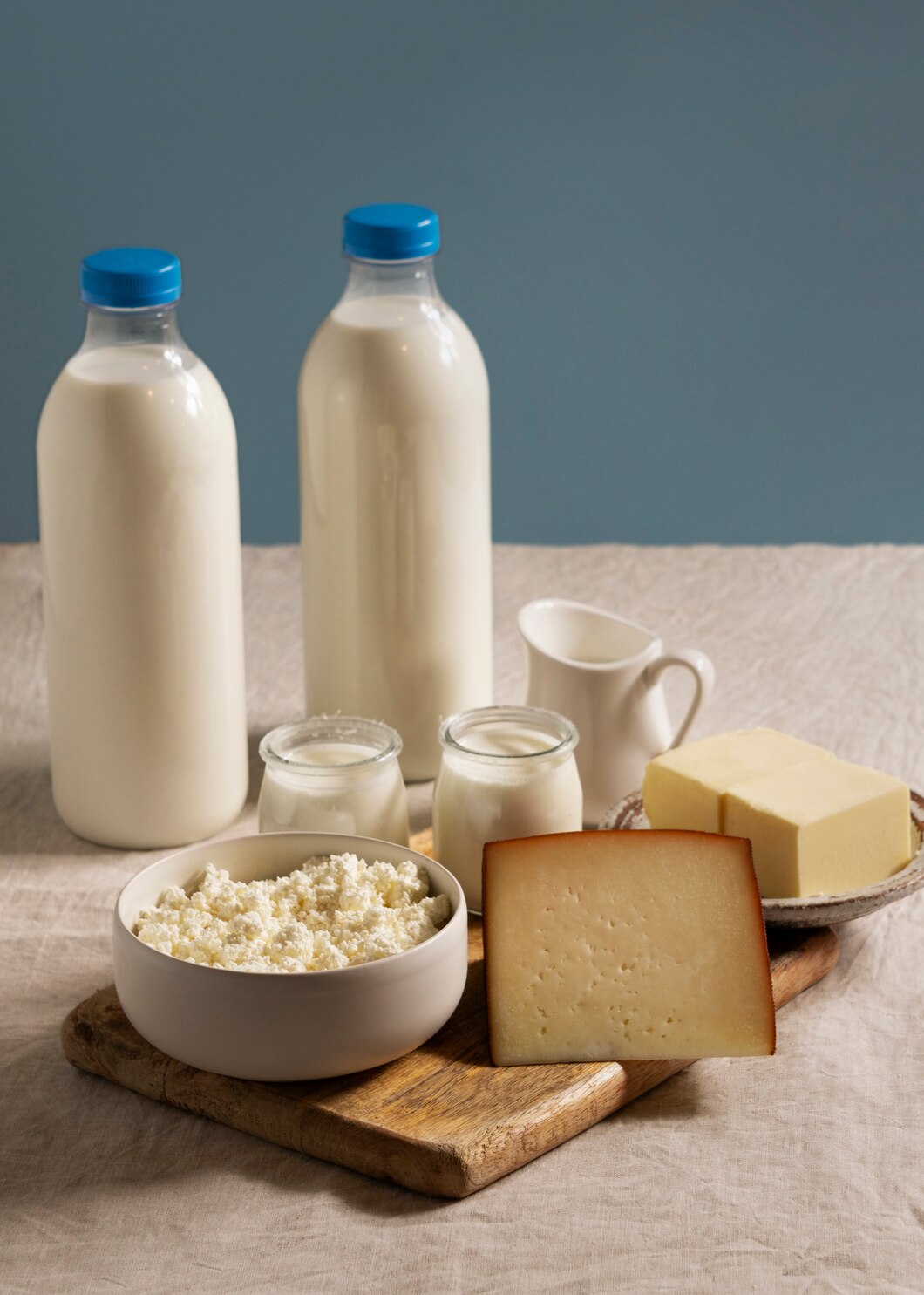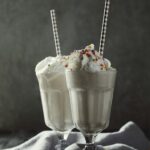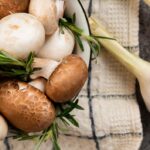Lactose intolerance is a common condition where individuals have difficulty digesting lactose, the sugar found in milk and dairy products. For South Africans dealing with this condition, it’s important to be mindful of certain foods that could trigger symptoms like bloating, gas, and stomach pain. Here are 20 foods that should be avoided or consumed with caution:
- Milk: Both whole and skim milk contain high levels of lactose. This includes cow’s milk, goat’s milk, and sheep’s milk.
- Cheese: Soft cheeses like brie, camembert, and cream cheese are particularly high in lactose. Some aged cheeses like cheddar and Swiss have lower lactose content but should still be consumed in moderation.
- Butter: While lower in lactose than milk, butter can still cause issues for those who are highly sensitive.
- Yogurt: Traditional yogurt contains lactose, although some people may tolerate it better due to the presence of live bacteria that help digest lactose.
- Ice Cream: This popular dessert is rich in lactose and should be replaced with lactose-free or dairy-free alternatives.
- Custard: Made with milk, custard is another lactose-rich dessert to avoid.
- Milk Chocolate: Contains milk solids and should be substituted with dark chocolate or dairy-free chocolate varieties.
- Condensed Milk: Used in many South African desserts, condensed milk is highly concentrated with lactose.
- Cream: Heavy cream, whipping cream, and half-and-half are high in lactose.
- Sour Cream: Often used as a topping or in cooking, sour cream contains lactose.
- Cream-Based Sauces: Sauces such as Alfredo or béchamel are made with milk or cream and should be avoided.
- Milk-Based Soups: Cream of mushroom, cream of chicken, and other milk-based soups are off-limits.
- Milkshakes: Made with milk and ice cream, these are high in lactose.
- Puddings: Desserts like chocolate pudding or rice pudding contain milk and should be avoided.
- Ricotta Cheese: Used in dishes like lasagna, ricotta is high in lactose.
- Paneer: A type of fresh cheese common in Indian cuisine, paneer is another dairy product to avoid.
- Whey Protein: Often found in protein supplements and shakes, whey protein contains lactose.
- Buttermilk: Commonly used in baking and cooking, buttermilk is high in lactose.
- Kefir: While it contains beneficial probiotics, kefir is a fermented milk drink that has lactose.
- Certain Breads and Baked Goods: Some bread and baked goods contain milk or milk powder, which can be problematic for those with lactose intolerance.
Tips for Managing Lactose Intolerance:
- Read Labels: Always check food labels for hidden sources of lactose. Ingredients like whey, curds, milk by-products, dry milk solids, and non-fat dry milk powder indicate the presence of lactose.
- Use Lactose-Free Products: Opt for lactose-free milk, yogurt, and cheese, which are widely available in South Africa.
- Explore Dairy Alternatives: Use plant-based alternatives such as almond milk, soy milk, coconut milk, and oat milk.
- Try Lactase Supplements: Lactase enzyme supplements can help some people digest lactose when taken before consuming dairy products.
- Watch Out for Cross-Contamination: Be cautious when eating out or consuming processed foods, as cross-contamination with dairy can occur.
Lactose intolerance requires careful management, but with the right knowledge and alternatives, South Africans can still enjoy a varied and delicious diet. Avoiding the foods listed above and opting for lactose-free or dairy-free options can help prevent uncomfortable symptoms and ensure a healthy, enjoyable eating experience.








